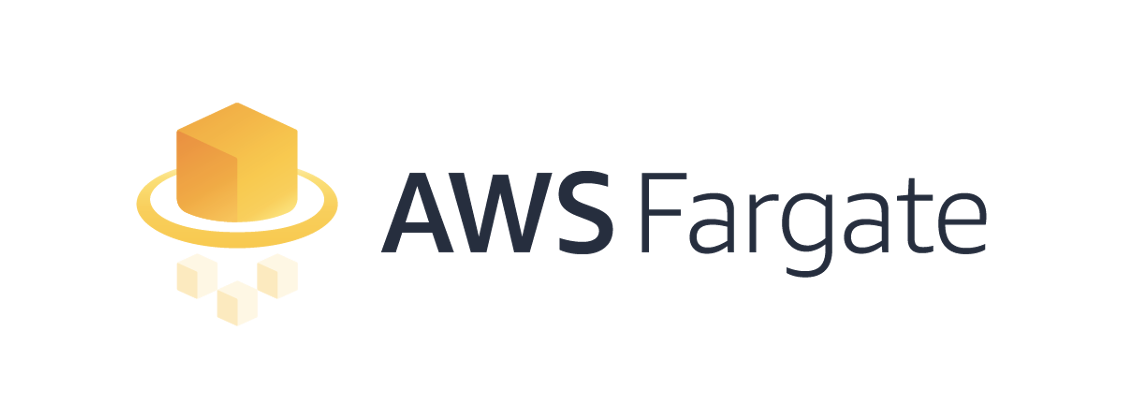Introduction
Even though most of my data (mostly code and a few personal documents) is already in online repositories, cloud services or external hard drives, I still think that having a backup that can be quickly restored is important.
However I’ve always had a difficult relationship with backups tools. They were either hard to use, too slow or cluttered with unnecessary functions therefore I’ve never found a backup program that fully clicked for me.
That changed when …
Read More





